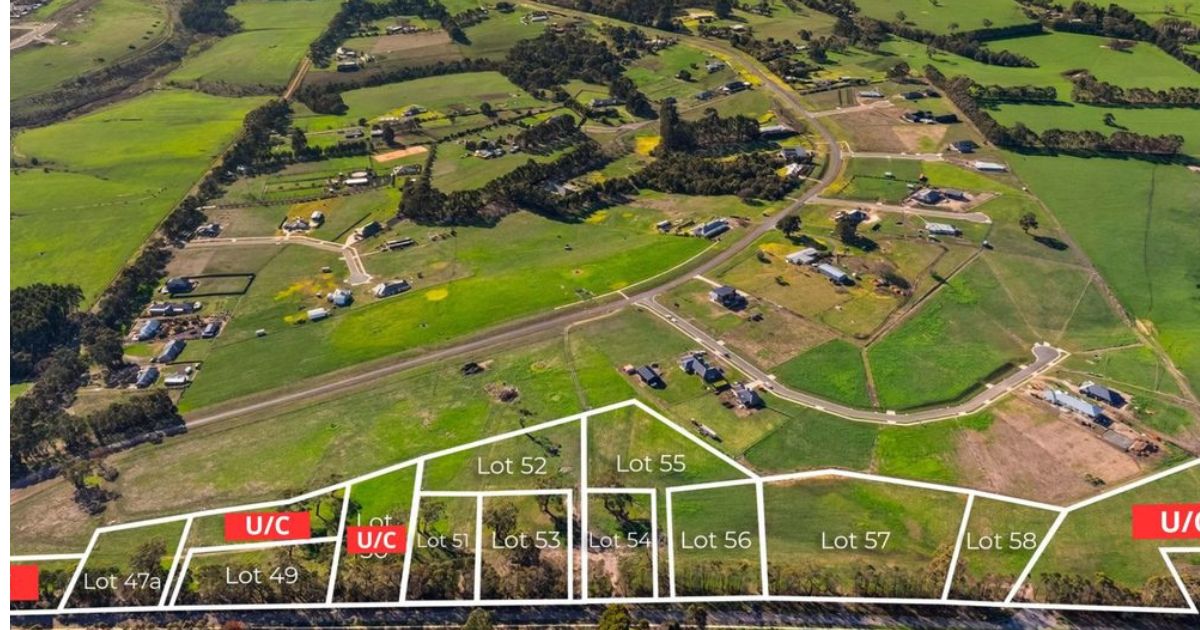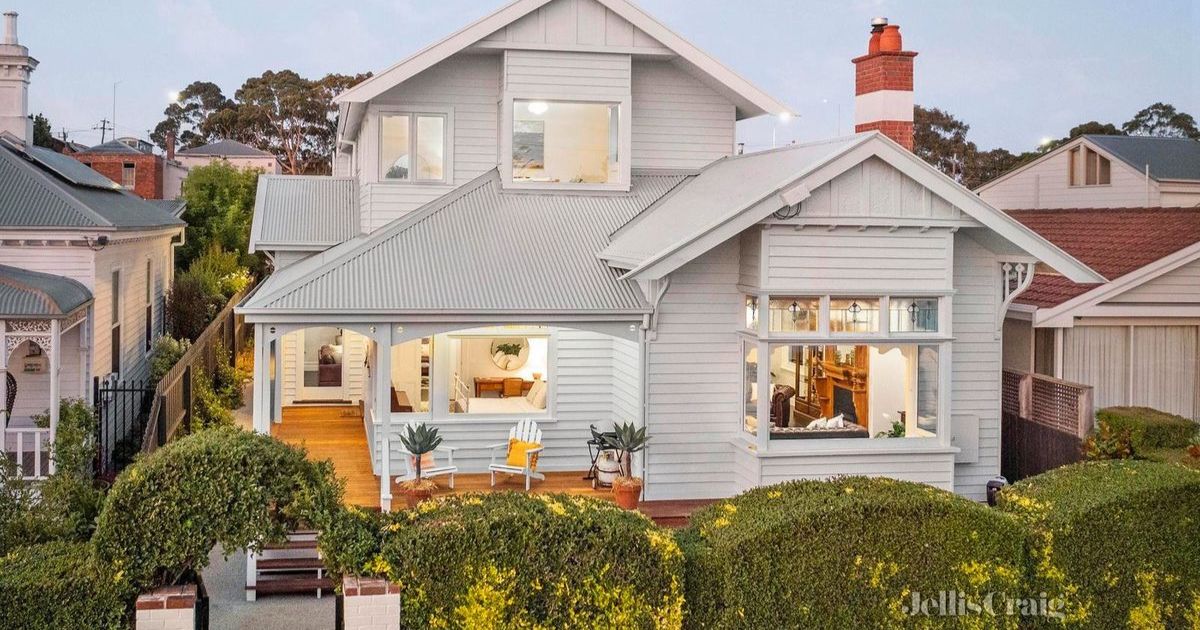Screen it out

Sunscreen fabrics are designed to cut down glare without taking away your view or all the natural light.
Have you ever had a time when the sun is really annoying you, but you really don’t want to cover the window? At this time of the year, with the sun sitting lower in the sky, it is a common problem.
Most often people don’t want blinds because there’s a view to enjoy, that they just don’t want to lose, but with modern sunscreen fabrics, you don’t have to. Sunscreen fabrics are designed to cut down glare without taking away your view or all the natural light.
Fabric
Sunscreens are woven fabrics, with generally a 6 per cent or 10 per cent openness factor and an even 2 x 2 basket weave for better vision out. They were originally marketed to commercial applications, to reduce glare on computer screens, such as in large office buildings.
There are many sunscreen fabrics on the market, however they’re not all created the same. One of the key things to be mindful of when choosing is the fabrics composition.
Fabrics with high PVC content may potentially ‘offgas”, giving off vapours and fumes that can cause those offensive plastic smells. Higher quality sunscreen fabrics will comprise of a blend of Fibreglass or Polyester combined with PVC, creating a more stable fabric. Look for fabrics that have been tested and have Greenguard® certification for low VOCs. (Volatile organic compounds).
Types of Blinds
Sunscreen fabrics are best suited to Roller Blind applications. They can also be manufactured in Panel Glides and Roman Blinds, but Rollers are definitely the most popular solution.
Roller blinds are unobtrusive, fitting across the top of the window frame, or they can be concealed in pelmets. If you are looking for a really streamlined look, consider automating the blinds inside pelmets. When they are up, you won’t even know they are there, then when you need to use them its a simple push button to control them.
Privacy
Sunscreen blinds are used in day/night or dual roller blinds as the ‘day’ blind for privacy. While they do provide good privacy through the day, it’s important to note that when the lights are on at night, you will be able to see in.
Colour
Usually I advise most of my clients to go neutral on their windows, but when it comes to sunscreens a dark colour is usually best. Dark colours are less reflective on the eye, meaning you retain more of your view – which is usually the key objective. A dark colour is also less obtrusive from outside your home, giving a dark tint look to your windows, making it difficult to notice that the blinds are even there, and they will cut out more of the glare.
Thermal Properties
While all sunscreen fabrics have benefits for reducing heat transmission, glare and UV, different colours will give different levels of each. Most fabric manufacturers will have technical data available that shows the different levels of each colour. Dark colours do absorb a little more heat, but if retaining your view is the priority, I’d definitely go a dark option.
Sunscreen blinds are the perfect option for kitchens, living rooms and other areas where privacy at night is not an issue. They are one of my favourite blinds, because when in use you get all the benefits of heat, glare and UV reduction but they won’t cut out all of your natural light or give you that closed in feel.
There’s also another benefit that not many people think about, but they also offer heat loss protection in the cooler months.
If you are looking for something to shade your windows externally, there are external sunscreen fabrics available, but that’s a whole other column.

















